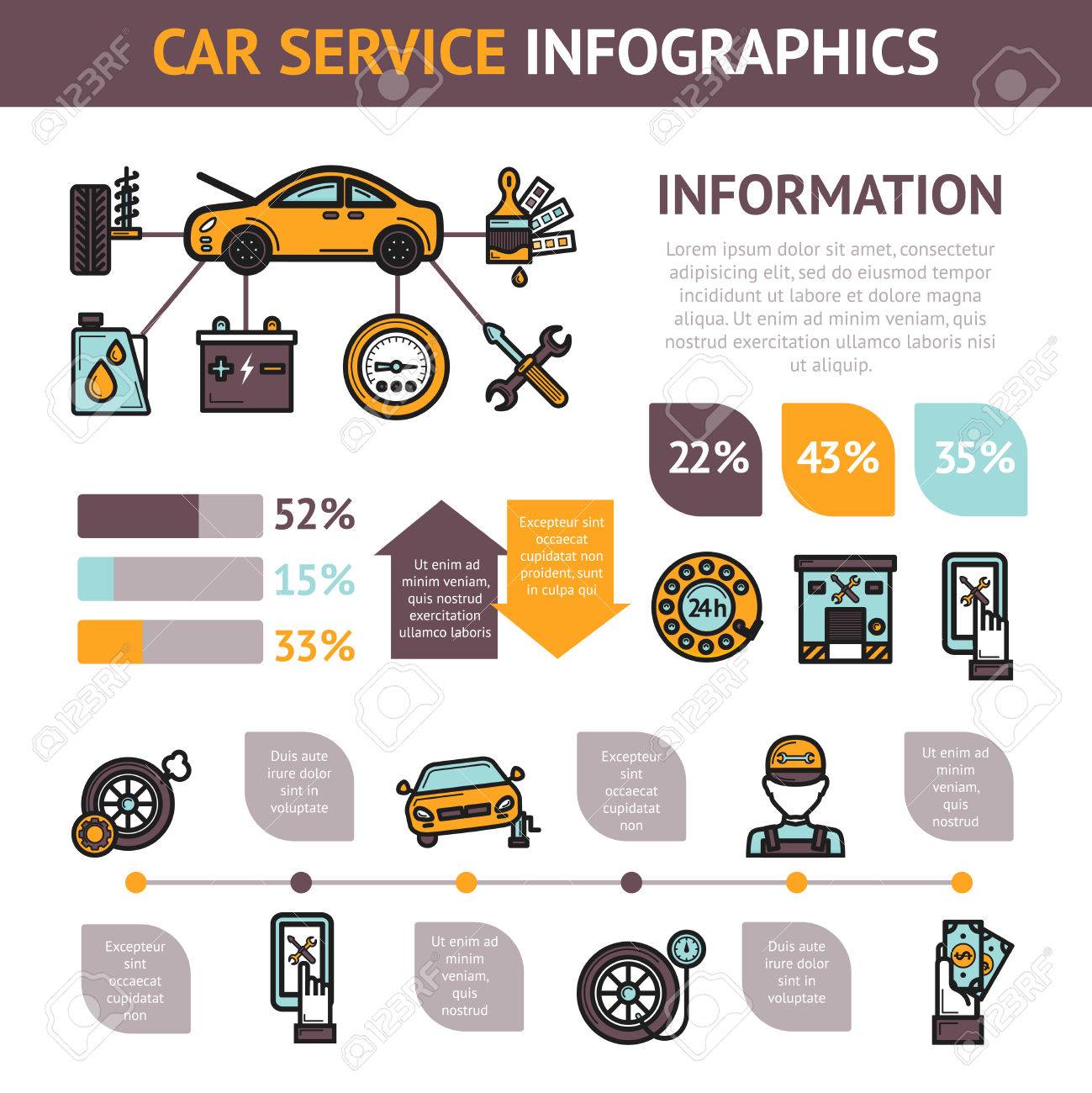Understanding Your Car'S Caution Lights: What Do They Really Mean?
Understanding Your Car'S Caution Lights: What Do They Really Mean?
Blog Article
Post Writer-Termansen Gilbert
When you lag the wheel, those radiant caution lights on your control panel can be a bit complicated. Do you understand what they're trying to inform you concerning your auto's wellness? Understanding the importance of these lights is important for your safety and the longevity of your automobile. So, the next time one of those lights appears, would not you want to decipher its message properly and take the needed steps to resolve it?
Common Warning Lights and Interpretations
Recognize common warning lights in your car and understand their meanings to ensure risk-free driving.
One of the most normal warning lights include the check engine light, which signifies problems with the engine or exhausts system. If why not try here comes on, it's vital to have your car inspected without delay.
The oil pressure alerting light indicates reduced oil pressure, needing prompt attention to stop engine damages.
A flashing battery light may recommend a defective charging system, potentially leaving you stranded if not addressed.
The tire stress monitoring system (TPMS) light informs you to reduced tire stress, influencing vehicle stability and gas efficiency. Overlooking this could cause harmful driving problems.
The abdominal light indicates a problem with the anti-lock stopping system, jeopardizing your capacity to stop quickly in emergencies.
Last but not least, the coolant temperature level alerting light warns of engine overheating, which can lead to severe damage if not fixed swiftly.
Recognizing these common warning lights will certainly help you attend to issues without delay and maintain risk-free driving conditions.
Significance of Prompt Interest
Recognizing the usual warning lights in your car is just the initial step; the value of immediately resolving these warnings can't be emphasized sufficient to guarantee your safety and security when driving.
When a caution light illuminates on your control panel, it's your cars and truck's means of connecting a prospective issue that requires interest. Disregarding these cautions can result in much more serious problems later on, compromising your security and possibly costing you more in repairs.
Motivate focus to warning lights can prevent break downs and mishaps. For https://troyjeytm.blogpixi.com/31488749/a-comprehensive-resource-for-locating-trustworthy-vehicle-repair-service-solutions-near-you , a flashing check engine light could indicate a misfire that, if left unattended, could trigger damage to the catalytic converter. Resolving this immediately can conserve you from a pricey repair.
Likewise, a brake system alerting light might signal low brake liquid or used brake pads, vital parts for your safety when driving.
Do It Yourself Troubleshooting Tips
If you notice a warning light on your control panel, there are a few do it yourself fixing ideas you can try before seeking expert help.
The very first step is to consult your vehicle's manual to recognize what the specific warning light indicates. In some cases the problem can be as straightforward as a loose gas cap causing the check engine light. Tightening up the gas cap may deal with the trouble.
Another typical problem is a low battery, which can set off different cautioning lights. Checking the battery links for corrosion and ensuring they're safe and secure could repair the issue.
If a warning light persists, you can try resetting it by disconnecting the auto's battery for a few minutes and after that reconnecting it. Furthermore, checking your car's liquid degrees, such as oil, coolant, and brake liquid, can assist repair cautioning lights related to these systems.
Conclusion
To conclude, recognizing your automobile's warning lights is vital for keeping your automobile running smoothly and safely. By promptly resolving these signals and understanding what they suggest, you can stay clear of pricey fixings and possible break downs.
Keep in mind to consult your auto's guidebook for specific information on each advising light and act as necessary to make sure a trouble-free driving experience.
Remain informed, remain secure when driving!
